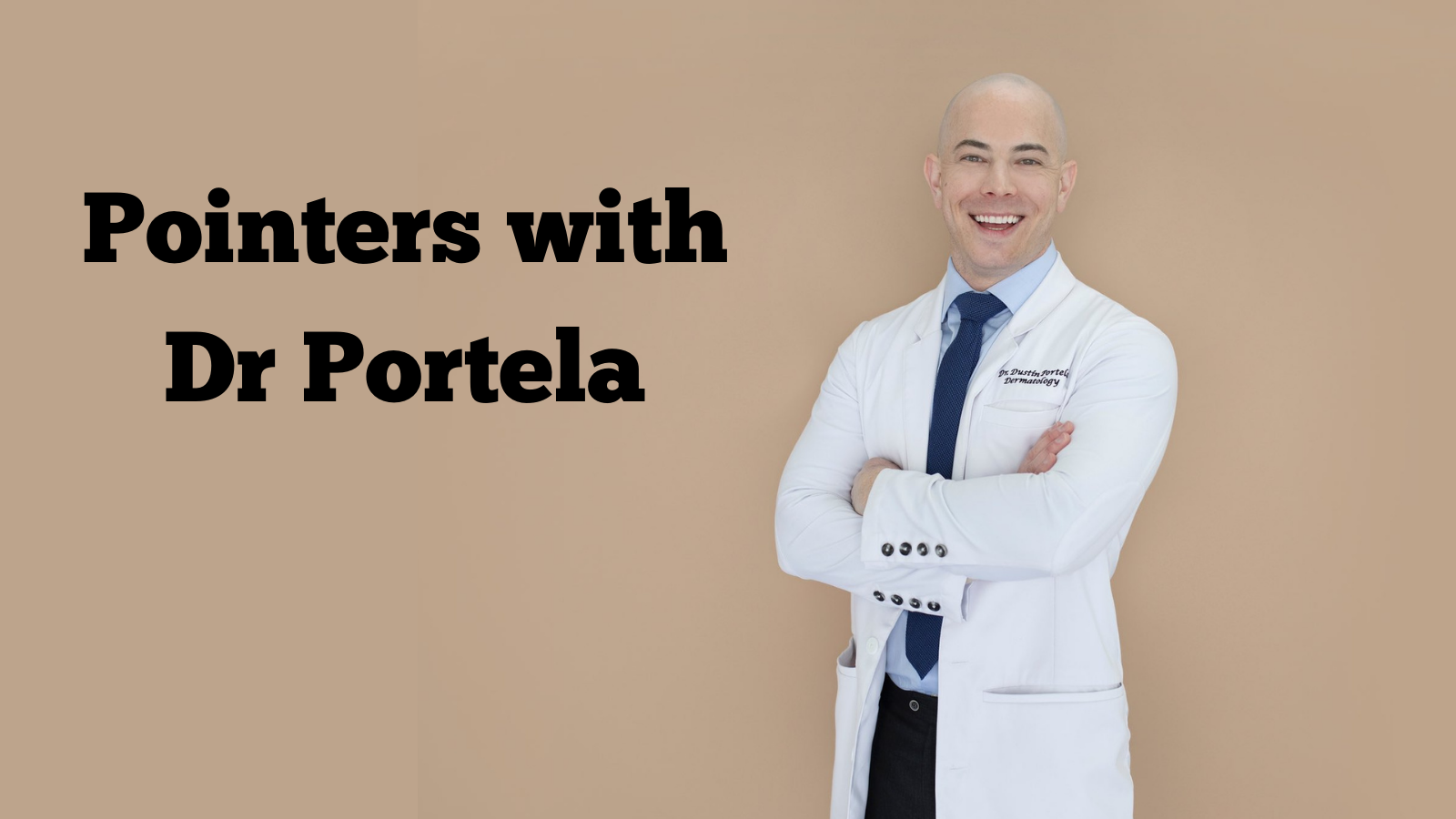- Acne
- Actinic Keratosis
- Aesthetics
- Alopecia
- Atopic Dermatitis
- Buy-and-Bill
- COVID-19
- Case-Based Roundtable
- Chronic Hand Eczema
- Chronic Spontaneous Urticaria
- Drug Watch
- Eczema
- General Dermatology
- Hidradenitis Suppurativa
- Melasma
- NP and PA
- Pediatric Dermatology
- Pigmentary Disorders
- Practice Management
- Precision Medicine and Biologics
- Prurigo Nodularis
- Psoriasis
- Psoriatic Arthritis
- Rare Disease
- Rosacea
- Skin Cancer
- Vitiligo
- Wound Care
News
Article
730-nm Picosecond Laser Can Be Used to Treat Freckles, Novel Study Finds
Author(s):
Key Takeaways
- The 730-nm picosecond laser demonstrated a 74.46% average clearance rate for freckles in Chinese patients with minimal adverse effects.
- The study involved 12 patients with Fitzpatrick skin types III or IV, achieving significant aesthetic improvement and low pain scores.
Patients saw an average clearance rate of 74.46% after just 1 session of laser therapy.
Image Credit: © naka - stock.adobe.com

A clinical study analyzed the use of a novel 730-nm Ti: Sapphire picosecond laser to treat freckles in Chinese patients.1 The laser was determined to be effective and safe for freckle treatment after just 1 session.
“Short pulse picosecond lasers have been clinically available since the late 1990s,” the authors wrote. “These lasers remove pigment particles effectively, owing to their primary photomechanical and minimal photothermal effects. New laser devices and wavelengths are being assessed owing to their growing popularity and employment.”
The prospective clinical trial included 12 patients (10 females and 2 males) between the ages of 21 and 47, with a mean of 31.17 years. They were enrolled at the Chinese Academy of Medical Sciences and Peking Union Medical College’s Institute of Dermatology. Each had Fitzpatrick skin types III or IV along with a clinical diagnosis and freckles. The average sizes of each spot were between 2 and 3 mm.
In the singular session, the laser system delivered a 250 ps pulse and a moderate whitening endpoint reaction on each macule. The mean energy fluence was 3.43 ± 0.78 J/cm2 (range 1.8–4.0 J/cm2, median 3.75 J/cm2). No anesthesia was used. A follow-up assessment was done 8 weeks after treatment. VISIA-captured images and physician examinations were used to record results before and after laser therapy.
Clinicians calculated a lesion clearance rate by subtracting the number of macules after treatment from the number before treatment and then dividing this by the number of pre-treatment macules. A 5-point global aesthetic improvement scale (GAIS) was also utilized, with 1 indicating a worsening of symptoms and 5 noting significant improvement. Patients recorded their pain and other post-treatment responses using the visual analog scale (VAS) from 0 (no pain) to 10 (hardest to bear).
The average clearance rate was 74.46% and the mean GAIS was 4.13 ± 0.61. The overall VAS pain score averaged 3.08 ± 0.79. After the therapy, any mild erythema or edema cleared after 1 to 3 days. Moreover, the scabs shed in 5 to 10 days. In terms of other adverse events, 1 patient had hyperpigmentation and 1 had hypopigmentation at the 8-week visit. Neither experienced any scarring.
Larger-scale research is recommended, specifically on participants of other ethnicities with darker skin tones, to determine optimal treatment parameters. Freckles, which are mainly observed in Caucasian and Asian patients, can often cause cosmetic and psychosocial concerns.
This 730-nm picosecond laser has typically been used for tattoo removal. More specifically, the laser cleared the black, green, blue, purple, red, and yellow pigments by 70%, 77%, 83%, 83%, 26%, and 8%, respectively.2 However, recent studies have also confirmed its efficacy for treating other pigmentary disorders such as facial and non-facial lentigines and melasma.3 Its shorter wavelength and stronger absorption by melanin make it ideal for these treatments.
The results of this trial were confirmed by a corresponding ex vivo skin histopathological examination in which researchers further investigated changes in the skin immediately upon treatment. Here, the laser passed once on a 2 mm spot with a 3.75 J/cm2 fluence and then was stained with hematoxylin and eosin.
“Several uniform-sized vacuoles were observed in the epidermal basal layer and dermal papillae post 730-nm laser treatment, indicating the relatively uniform laser energy distribution within the laser spot, suggesting that this laser treatment may be safe and effective in treating hyperpigmented disorders,” the authors concluded.
References
1. Huang Y, Liu X, Zhang M, Lin T. Successful Treatment of Freckles Using a 730-nm Picosecond Laser: A Prospective Study. Clin Cosmet Investig Dermatol. 2024;17:3027-3032. Published 2024 Dec 27. doi:10.2147/CCID.S491489
2. Bernstein EF, Schomacker KT, Shang X, Alessa D, Algzlan H, Paranjape A. The First Commercial 730 nm Picosecond-Domain Laser is Safe and Effective for Treating Multicolor Tattoos. Lasers Surg Med. 2021;53(1):89-94. doi:10.1002/lsm.23237
3. Lee SJ, Han HS, Hong JK, Park KY, Seo SJ. Successful Treatment of Pigmentary Disorders in Asians With a Novel 730-nm Picosecond Laser. Lasers Surg Med. 2020;52(10):923-927. doi:10.1002/lsm.23261
Newsletter
Like what you’re reading? Subscribe to Dermatology Times for weekly updates on therapies, innovations, and real-world practice tips.










